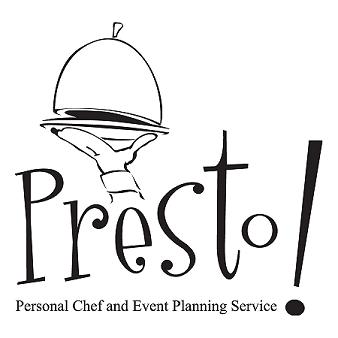 Last Saturday, I had the pleasure of co-hosting a half day fall goddess retreat with massage therapist, Shannon Branstner. Shannon had originally approached me in the spring, asking if I would help with a cooking demonstration for her long time dream. Over the months it evolved to co-hosting with her. The goal of the retreat was to allow women a chance to take off their many hats (moms, wives, daughter, sister and work/professional) and relax, rejuvenate and learn. Shannon's dream was to help women ease into the hibernation season of fall and winter.
Last Saturday, I had the pleasure of co-hosting a half day fall goddess retreat with massage therapist, Shannon Branstner. Shannon had originally approached me in the spring, asking if I would help with a cooking demonstration for her long time dream. Over the months it evolved to co-hosting with her. The goal of the retreat was to allow women a chance to take off their many hats (moms, wives, daughter, sister and work/professional) and relax, rejuvenate and learn. Shannon's dream was to help women ease into the hibernation season of fall and winter. 
 Shannon then led the group in an introduction of Ayurvedic Medicine. We answered some questions to learn our dominant doshsa. We learned about the different doshas: vata, pitta and kapha; how they influence our bodies; and how our choices influence our bodies.
Shannon then led the group in an introduction of Ayurvedic Medicine. We answered some questions to learn our dominant doshsa. We learned about the different doshas: vata, pitta and kapha; how they influence our bodies; and how our choices influence our bodies.During the discussion we snacked on some fresh Michigan
 cheese (of course I have to talk about the food!). We had Reny Picot's Camembert Fermier (from Benton Harbor) and Grassfield's Organic Raw Milk Gouda. This was served with organic grapes and organic red and bosc pears. We accompanied these with Almond and Pecan Blue Diamond Nut Thin Crackers.
cheese (of course I have to talk about the food!). We had Reny Picot's Camembert Fermier (from Benton Harbor) and Grassfield's Organic Raw Milk Gouda. This was served with organic grapes and organic red and bosc pears. We accompanied these with Almond and Pecan Blue Diamond Nut Thin Crackers.  Bonnie Schnautz, Wellness Coach from B-Renewed, lead us in a discussion of essential oils. These oils were used to make the salt scrubs and bath salts.
Bonnie Schnautz, Wellness Coach from B-Renewed, lead us in a discussion of essential oils. These oils were used to make the salt scrubs and bath salts.  She discussed lavender, lemon, lemongrass, peppermint, eucalyptus, orange (my favorite), grapefruit and rosewood.
She discussed lavender, lemon, lemongrass, peppermint, eucalyptus, orange (my favorite), grapefruit and rosewood. 
By learning about each oil, its benefits and how fabulous it smells, it gave all the participants a better idea on how to make their bath salt or salt scrub.

From here some decided to ride the zip line while others began making
 their scrubs. We had four daring riders on the zip line.
their scrubs. We had four daring riders on the zip line.

After riding the zip line and making their scrubs everyone went to the kitchen to make dinner.
The menu: Salad with Green Goddess Dressing, Lentil and Winter Vegetable Soup with Parmesan Crostini and Spiced Raisin and Apple Crisp.
The Lentil Soup consisted of sautéed leeks and garlic, with diced 

The soup was topped with Parmesan crostinis which consisted of a French baguette sliced, brushed with oil and 
Dessert was a blend of fresh apples, raisins and spices 


After dinner, we tasted three Riesling wines: a dry from Germany, a semi-dry from Michigan and a sweet from Michigan.


The evening ended with reading some additional meditations and discussing what we were thankful for.












